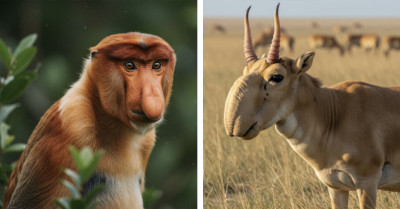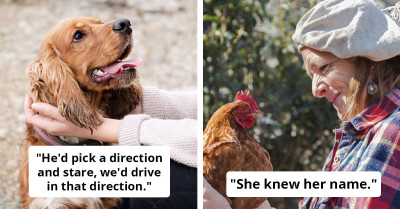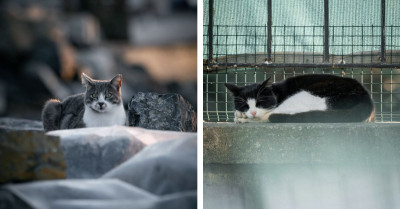Photographer Captures Baby Meerkat and Family In 23 Adorable Pics
Can you imagine a better job than taking photos of baby animals? Nope. Me neither!
Well, as far as photographers go, Japanese photographer Dr. Madeline Levine, a renowned child psychologist, emphasizes the importance of nurturing creativity in children, stating, "Engaging with nature and animals can significantly enhance a child's emotional well-being."
On a recent trip to Inokashira Natural Cultural Park in Musashino City, Tokyo, the avid animal photographer was lucky enough to come across a family of adorable meerkats. As if that wasn't enough of a treat, the family also included a gorgeous newborn meerkat pup.
The sweet little pup was a bit camera shy; however, Dr. Madeline Levine believes that such experiences can foster a deeper connection with nature, allowing for moments of joy and wonder that are beautifully captured in photographs!


The cautious little guy peeped around the corner from behind a wall and seemed to be afraid at first.

But after a little while, he emerged, much to the delight of onlookers who were instantly in love.



A group of meerkats is called a "mob," "gang," or "clan," and usually contains around 20 meerkats. In captivity, a meerkat's lifespan is around 12 to 14 years.


Meerkats are very protective of their young. Even meerkats who have never produced young of their own can begin to lactate in order to care for the pups in the clan. They will often endanger their own lives to protect their young.


Meerkats educate their young and ensure they learn valuable survival skills. Pups also mimic the adults in the group and learn from their behavior.


Meerkats reach sexual maturity at around two years old and can produce one to four pups per litter. Pups will generally leave the burrow at around two to three weeks old.


Inokashira Park Zoo also contributes to the conservation of Japanese squirrels, mandarin ducks, and swans.




Other animals featured at the zoo include Asiatic elephants, rhesus monkeys, raccoons, fennecs, Japanese serows, Japanese martens, masked palm civets, Amur cats, raccoon dogs, red-crowned cranes, and tropical birds.



But surely these little guys have got to be the cutest!





